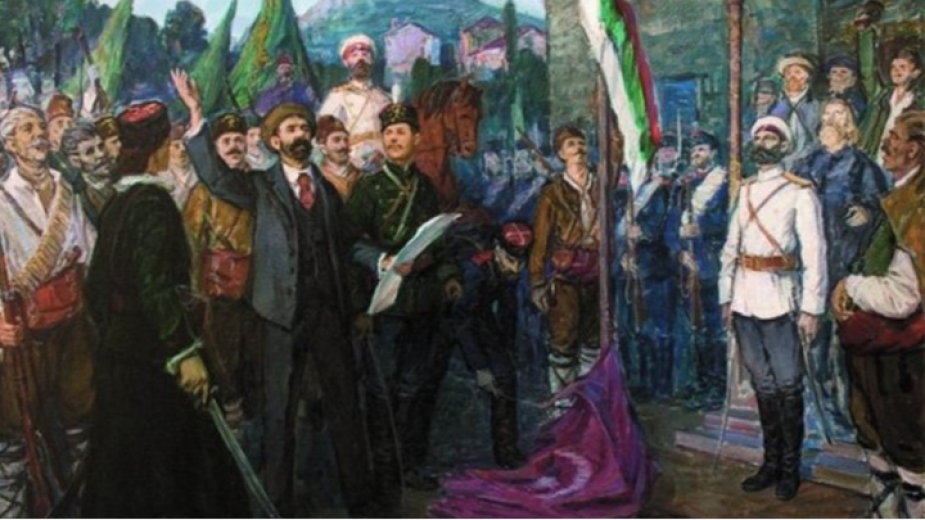 7
7
Four months after Bulgaria's Liberation from Ottoman rule and the signing of the San Stefano Peace Treaty, the Berlin Congress of June-July 1878 thwarted the hopes of Bulgarians to establish an independent state including the whole of the Bulgarian ethnic group. At the congress, the Great Powers reviewed the San Stefano Treaty and imposed the fragmentation of Bulgarian lands. The Principality of Bulgaria with Sofia as its main city was established, as well as Eastern Rumelia (autonomous province part of the Ottoman Empire) with a capital city of Plovdiv.
The regions of Macedonia, Aegean Thrace, the Rhodopes and Strandzha remained in possession of the Ottoman Empire. The news of breaking up Bulgaria was not accepted by the population in Eastern Rumelia. The Bulgarians opposed deployment of Ottoman troops in the area and insisted that the army and security forces continued to be comprised of Bulgarians. Despite concessions made by the Sultan, Bulgarians who remained within the borders of Eastern Rumelia continued to work for unification with the Principality and gradually succeeded in winning the support of senior army and gendarmerie officers. On the night of September 6, 1885, troops led by Major Danail Nikolaev and the forces of the Unification established control of Plovdiv and called on Bulgarian Knyaz Alexander I Battenberg to support their actions aimed at the Unification of the Bulgarian territories. Two days later, on September 8, Battenberg issued a proclamation declaring himself "Knyaz of North and South Bulgaria".
Today, Plovdiv recalls the glorious days of the Unification through a permanent exhibition, which is part of the fund of the Regional Museum of History.
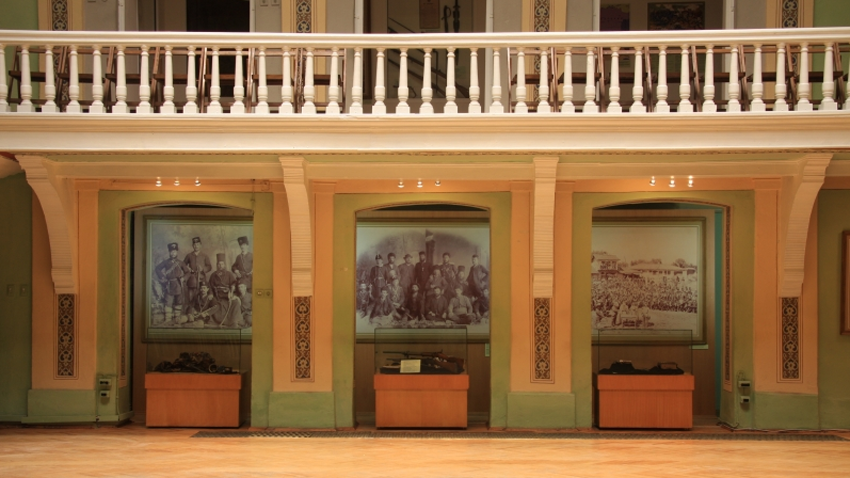
It is housed in a building that was once constructed for the purpose to serve as Eastern Rumelia Parliament. However, it was never used as such because it was completed one month after the Unification of Bulgaria. The director of the museum, Stefan Shivachev, told us more about the building and the artifacts exhibited in it:
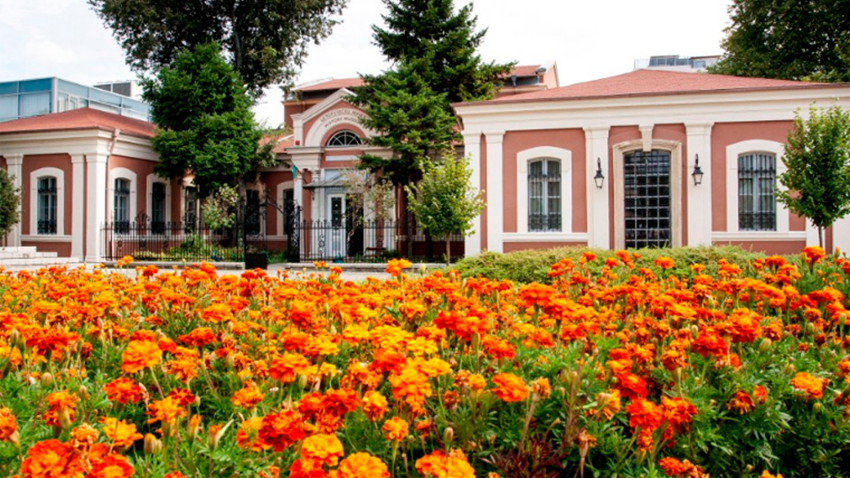
“The idea for this building was born in 1879, immediately after a former Turkish bath was transformed for the needs of the Eastern Rumelia Parliament. Italian architect Pietro Montani succeeded in transforming it into a hall where the regional assembly could convene. It was not until 1884 that Eastern Rumelia had the financial opportunity to build a special building for the assembly and the government. It was designed by architect Pietro Montani, who was working for the Sultan in Istanbul, and in 1879 was invited to become the chief architect of Eastern Rumelia.”
The search for historical artifacts related to the Unification took over 50 years, but today Mr. Shivachev is proud to say that the museum's fund contains hundreds of artifacts linked to that period of history.
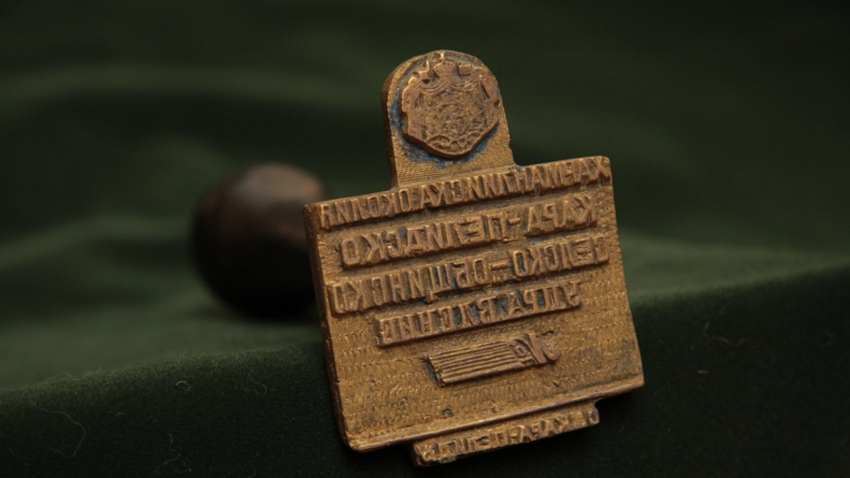
“I would like to point out the collections of seals and stamps we own,” the director says, adding that these include seals of the provisional government of Eastern Rumelia, which was set up on September 6 and took over the management of the southern Bulgarian lands. “We also have on display the personal seal of famous politician and journalist Zakhariy Stoyanov (who played an important role for the Unification of Bulgaria as the founder and leader of the Bulgarian Secret Revolutionary Committee). Some of the most valuable exhibits are related to him. In 1889, he died too young while he was chairman of the National Assembly and very few of his belongings were preserved.
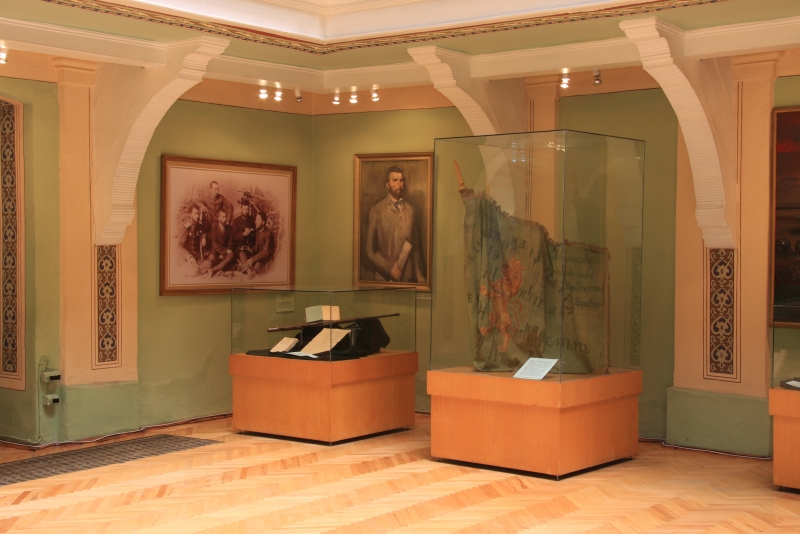
Special attention is also paid to the flags used by the various armed groups involved in the Unification. The collection of weapons of participants in the events is also of great interest to visitors. It shows the Unification was an act of the whole of Bulgarian people.”

The Unification of Bulgaria became a cause and united people from all walks of life. Proof of this is that some of the participants and leaders of the secret committees were priests who served with equal passion for both God and the people's cause.
English: Alexander Markov
Photos: historymuseumplovdiv.orgOne of the three biggest Hebrew holidays, Pesach (Passover) starts at sundown (5 PM) on 22 April and ends on 30 April. It is a movable feast, falling after the 14 th day of the spring month of Nisan which starts after the spring equinox with the..
The founder of the Internal Revolutionary Organisation for the Liberation of Bulgaria, Vasil Levski, was the first to involve foreigners in the liberation movement when he set up revolutionary committees in the Bulgarian provinces. The first foreign..
"Man does not know the way to heaven, but the horse does," says an ancient Thracian proverb. That is why the Thracian kings were necessarily sent to the afterlife together with their horses. Because of the numerous burial mounds of rulers from the..
One of the three biggest Hebrew holidays, Pesach (Passover) starts at sundown (5 PM) on 22 April and ends on 30 April. It is a movable feast, falling..
The founder of the Internal Revolutionary Organisation for the Liberation of Bulgaria, Vasil Levski, was the first to involve foreigners in the liberation..

+359 2 9336 661
